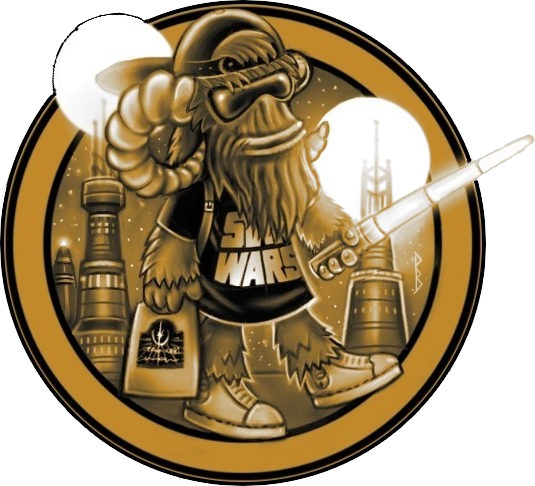What a treat to post an article from NPR, the organisation who paid a single dollar to George Lucas to produce the Star Wars Radio Drama back in 1982 and have full access to the sound effects required to create an iconic part of the Star Wars story. Here, they delve back even further, to the 1977 print of Star Wars which was recently screened at the BFI on 12th June, looking at the history of the print and why it’s so incredibly important.
What’s particularly special about this print is that it’s a dye transfer IB Technicolor British release print. Most Star Wars prints in the U.S. and elsewhere used Eastmancolor film, which color fades over time, giving it a brownish or pinkish tinge. But most of the British prints used Technicolor film, which retains its original colors.
The other special thing about this particular version is that it has the original crawl — those words at the beginning of Star Wars that seem to shoot off into the middle distance.
After The Empire Strikes Back was released in 1980, Lucasfilm sent distributors a new crawl to attach to the film, which included the new name, Episode IV — A New Hope. The BFI found a copy of the original crawl and reattached it to the print.
This only-in-Britain print in the BFI archive is just one of the many British connections to Star Wars. Much of the film was shot at the less-expensive Elstree Studios, outside London, and the cast included British actors like Anthony Daniels, Alec Guinness, and many others.
Our very own Brian Cameron was at the screening and spoke to NPR.
“I’ve never seen the original cut on the big screen … and I’ve been a Star Wars fan all my life,” said Brian Cameron, video editor of Fantha Tracks, one of Europe’s largest Star Wars fan sites. “I don’t mind all the edits that have happened over the years, but I’m really interested just to see the feel of the film, how it flows. I want to see why [George Lucas] made those changes.”

